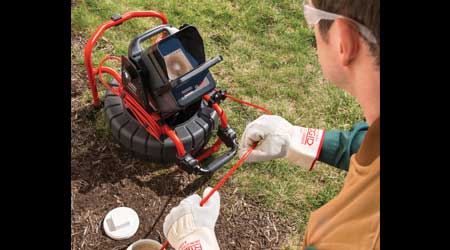How to Maintain Your Drains After a Professional Cleaning
How to Maintain Your Drains After a Professional Cleaning
Blog Article
Essential Tools for DIY Drain Cleaning at Home
In every household, drains can be a way to obtain sudden frustration. Whether it's the kitchen sink refusing to strain effectively or the shower turning into a mini swimming pool, blocks are inevitable. While several take the phone to call a plumber, you don't will have to. With the right tools and a little know-how, you are able to handle most clogs on your own. Here is a quick information to crucial methods you will need for DIY Drain cleaning at home.

Plunger Your First Type of Protection
The trusty plunger is often your best friend in regards to cleaning small clogs. It works by producing suction, which could dislodge blockages blocking your drains. You will find two principal types of plungers—a pot plunger for basins and a flange plunger for toilets. When using a plunger, ensure there's enough water in the drain or toilet to protect the cup. Force down firmly and take up quickly to produce the required suction.
Strain Lizard for Persistent Blockages
For anyone tenacious clogs that withstand actually probably the most decided plunging, a drain snake, also referred to as a plumbing auger, is the next step. This variable instrument can achieve deep in to pipes to separation or get clogs. Start by placing the lizard in to the strain until you feel resistance. Then, perspective and force further to dislodge the blockage. It's a highly effective way to deal with hair blocks in showers or tenacious food particles in home sinks.

Baking Soda and Vinegar Your Eco-Friendly Option
If you're buying a natural alternative, the mixture of cooking soda and vinegar is really a strong one-two punch against moderate clogs. Pour half of a pot of baking soft drink into the strain, followed by fifty per cent of a glass of vinegar. Cover the drain and await the fizzing to subside. After about a quarter-hour, remove the drain with warm water. This approach is not merely powerful but also safe for the pipes and the environment.
Equipped with your resources and methods, you are able to strategy the next strain clog with confidence. Not only will you save yourself on plumbing costs, but you'll also gain the pleasure of fixing a common house concern by yourself. Remember, while DIY alternatives are great for slight blocks, consistent problems might require qualified attention. Happy unclogging! Report this page